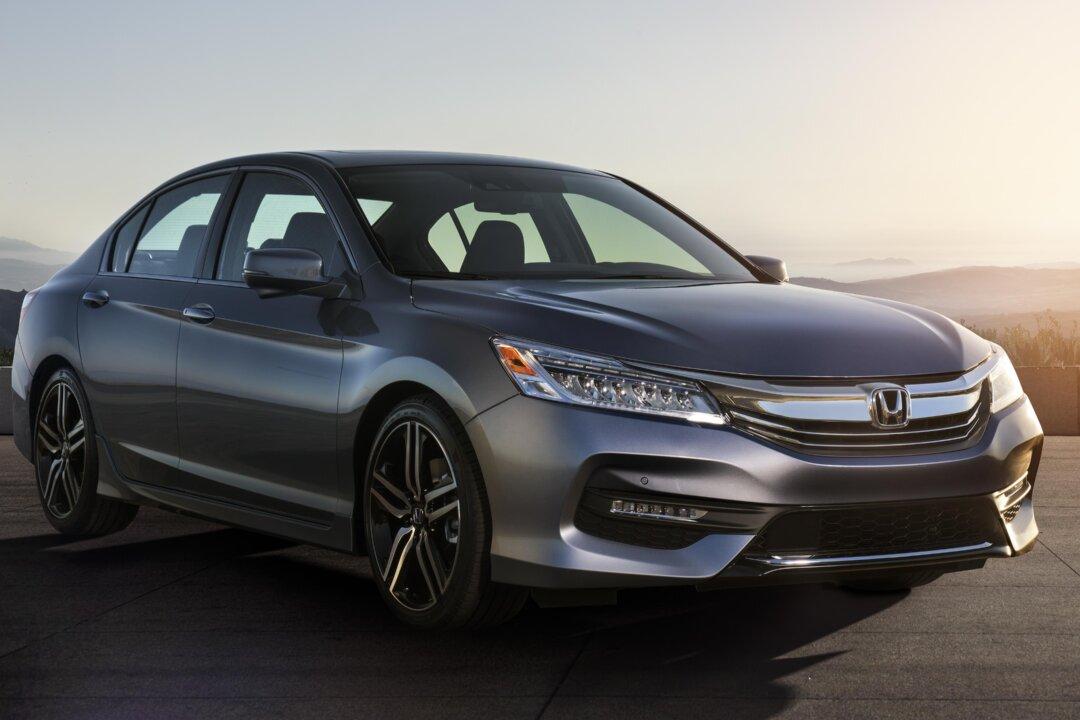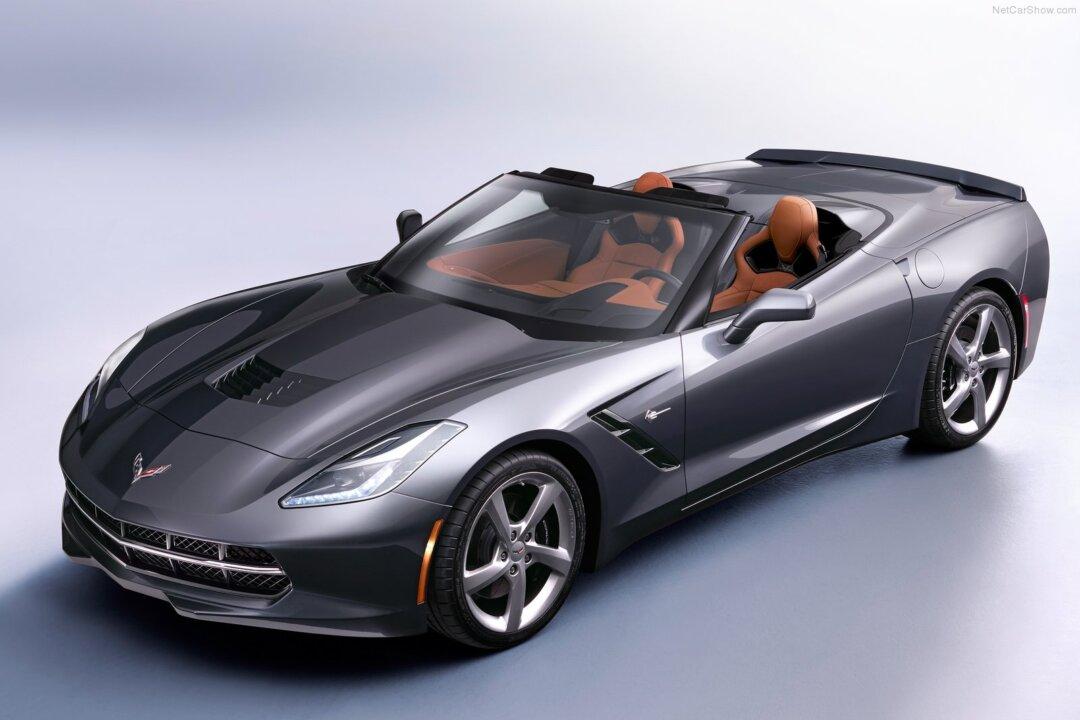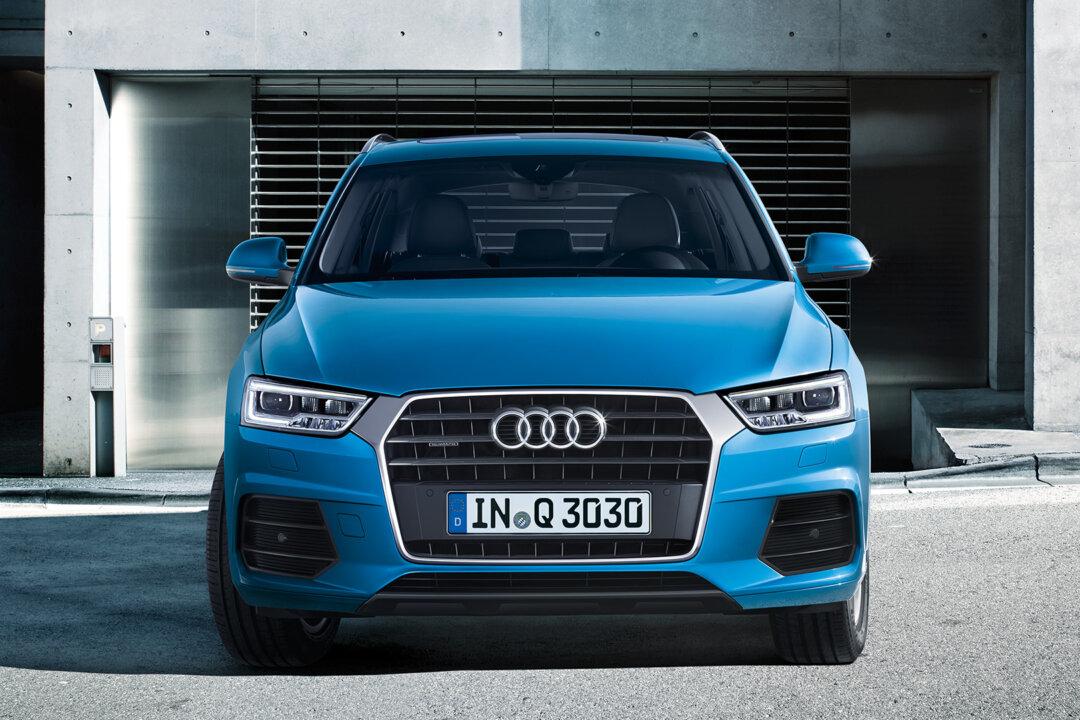Shortly after the Chevrolet Camaro hit the streets in September 1966 as a 1967 model it was transformed into a muscle car outfitted with Chevy’s 4.9 L V8, designed to do battle with the spectacularly popular Ford Mustang—and so the aptly named pony car wars were born. Mustang and Camaro were soon joined by other sporty, performance-oriented entries such as the Pontiac Firebird, Plymouth Barracuda, and Dodge Challenger.
The Camaro—as well as the Mustang and Challenger—still sport incredible muscle, the kind of V8 power only dreamed of even in the glory days of the original muscle car craze. For instance, the new sixth-generation 2016 Camaro can be outfitted with a 6.2 L V8—coming straight from the Corvette—making 455 hp and with the capability of a 0-to-60 time of 4.0 seconds and a quarter-mile time of 12.4 seconds at 115 mph.
The difference between 1967 and today is that the Camaro is about much more than straight ahead tire-shredding performance. It has obviously got that in spades, but it has also become an incredibly well-rounded sports car with three engine options, the handling of a true sports car in the image of Corvette, and gas mileage not even considered possible in the last century.
The squared, brick-like styling of the fifth-generation Camaro (2010-2015) has been streamlined with a more aggressive front end and a restyled tail. The 2016 model looks more finished, refined and, more appealing than the outgoing model. It’s actually slightly smaller in every dimension—including more than 200 pounds lighter—than the outgoing car (2.3-inch shorter and eight-tenths of an inch narrower with a 1.6-inch shorter wheelbase).




